Ghost towns are fascinating remnants of history, often forgotten but rich with stories of the past. These abandoned places once thrived with life, industry, and culture, only to be left behind as circumstances changed. Exploring these forgotten ghost towns offers a glimpse into a different era. Each one has its own unique history, waiting to be rediscovered.
Bodie, California
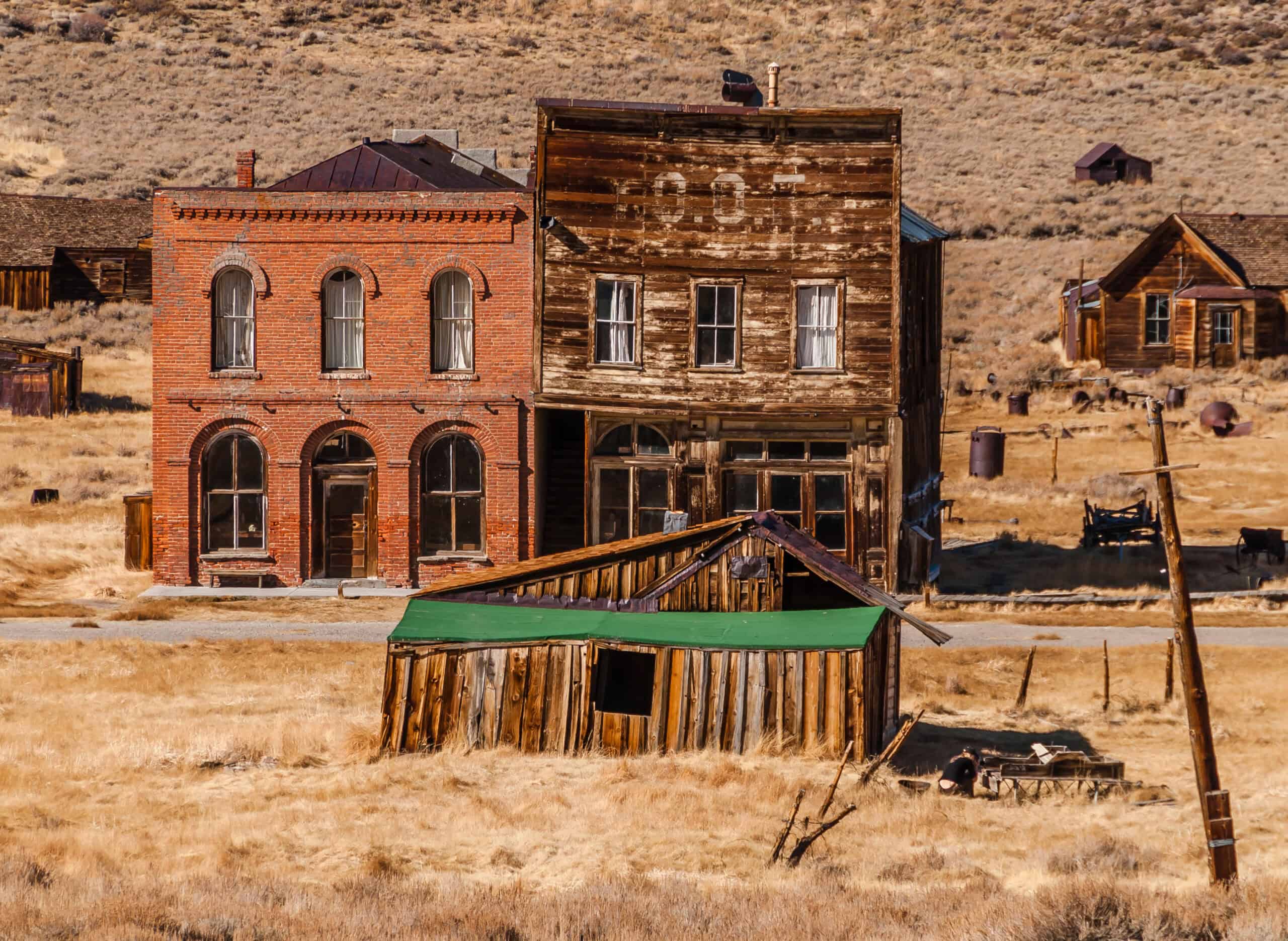
Bodie, once a booming gold-mining town, now stands as a testament to the Old West. Founded in 1859, it quickly grew into one of California’s largest towns. At its peak, Bodie had nearly 10,000 residents, numerous saloons, and a bustling red-light district. However, as gold became scarce, the town’s fortunes declined rapidly. By the early 20th century, most residents had left, leaving behind an eerie, well-preserved ghost town. Today, Bodie is a state historic park, offering visitors a rare glimpse into the past with its abandoned buildings and streets frozen in time.
Centralia, Pennsylvania
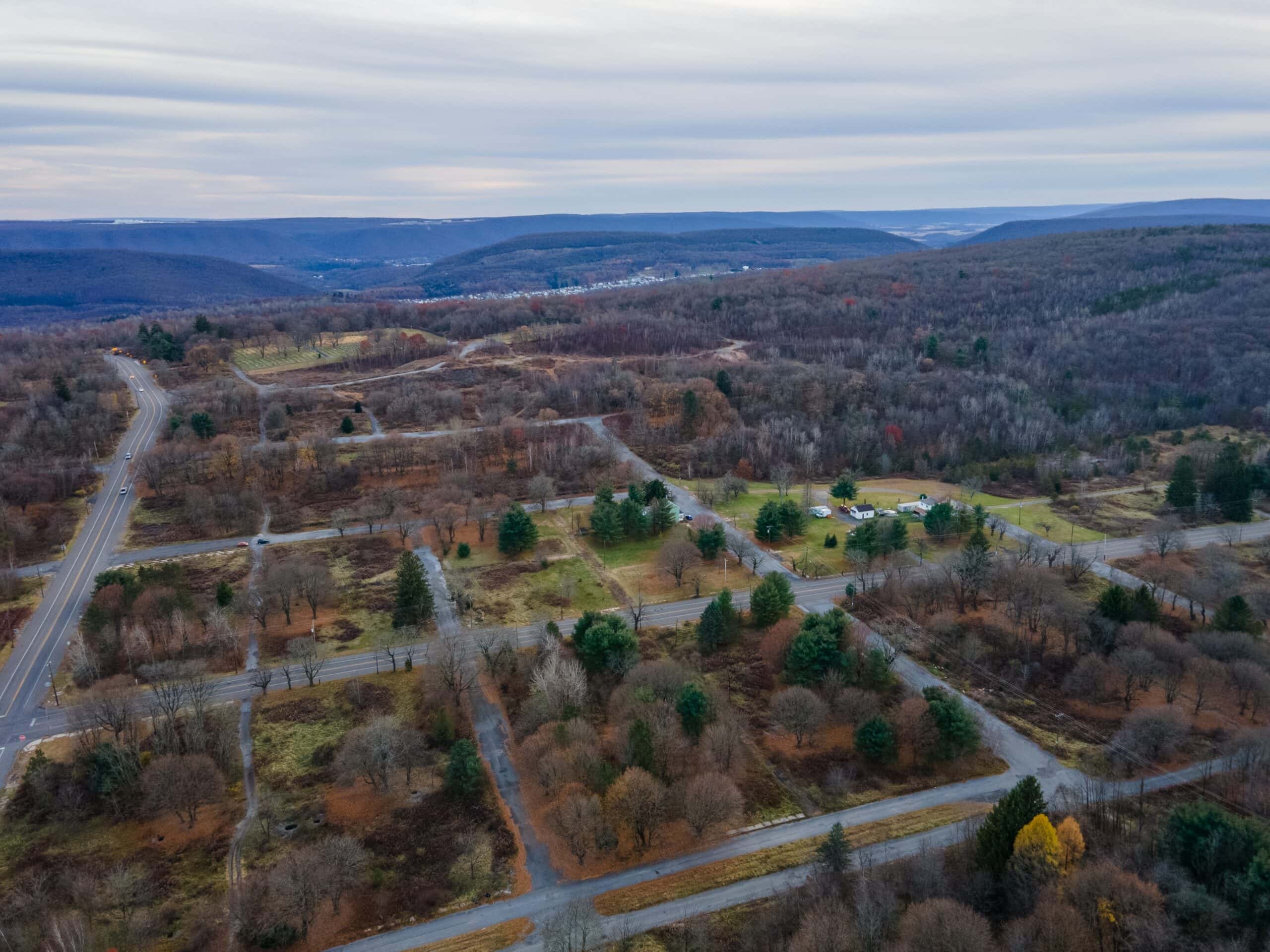
Centralia was once a thriving coal-mining town in the heart of Pennsylvania. Established in the mid-19th century, it flourished due to its rich coal deposits. However, in 1962, a fire ignited in an underground mine, causing the ground to smolder and release toxic gases. Despite efforts to extinguish the fire, it continues to burn to this day. Over time, the town was evacuated, and most of the buildings were demolished. What remains are empty streets, cracked by the ongoing fire beneath, and a few stubborn residents who refused to leave. Centralia’s story is a haunting reminder of the dangers lurking beneath the surface.
Bannack, Montana
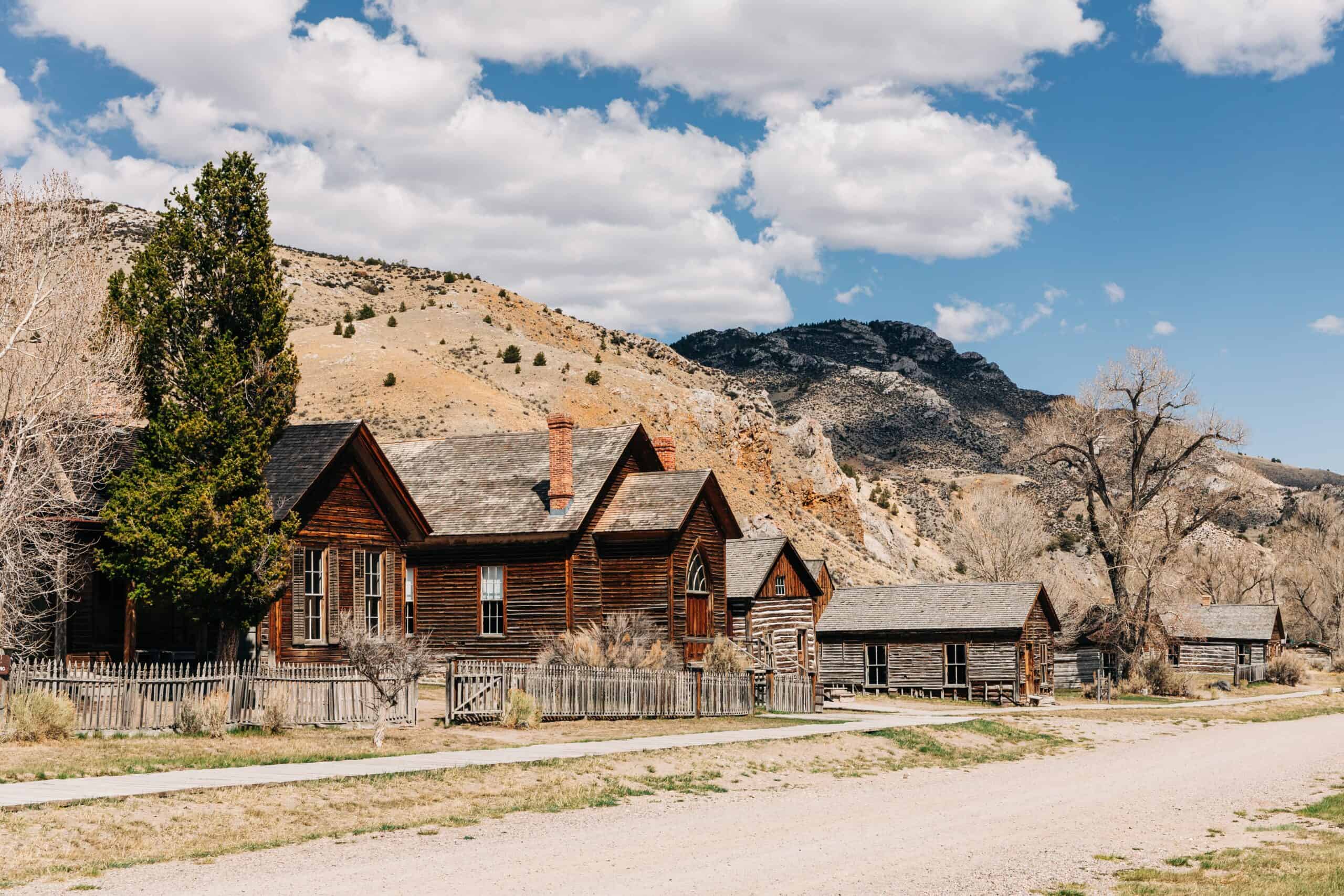
Bannack is a ghost town with a rich and rugged history. Founded in 1862 after the discovery of gold in Grasshopper Creek, it quickly became Montana’s first territorial capital. The town was bustling with miners, traders, and opportunists, seeking fortune in the gold rush. However, as the gold dwindled, so did the population. By the late 1800s, Bannack was largely abandoned. Today, it is preserved as a state park, with over 60 structures still standing, offering a vivid snapshot of life in a 19th-century mining town. Walking through Bannack is like stepping back in time, surrounded by stories of hope, hardship, and the pursuit of wealth.
Rhyolite, Nevada
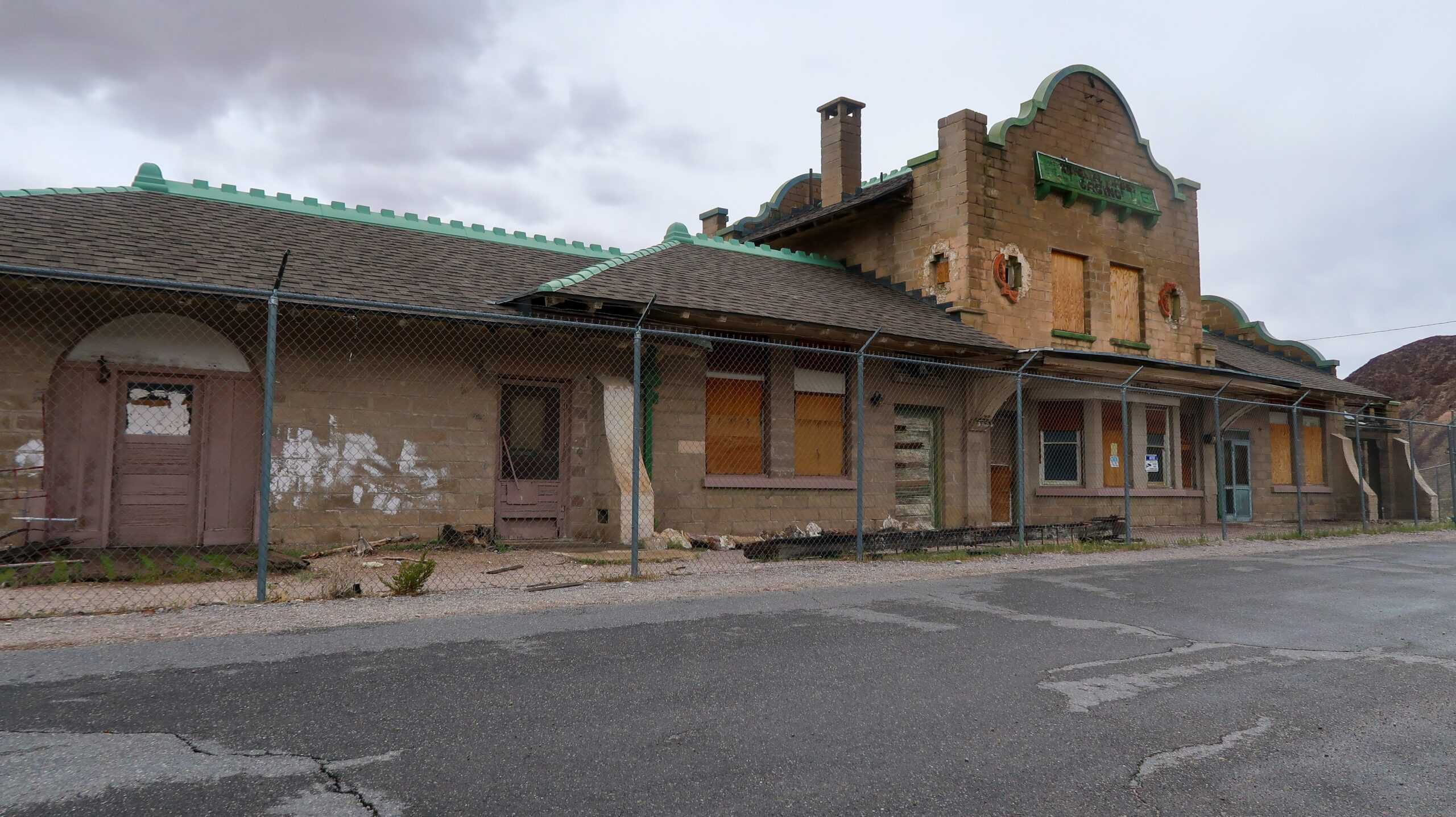
Rhyolite, nestled in the Nevada desert, was once a symbol of the American West’s boom-and-bust cycles. Founded in 1905, it grew rapidly after a rich vein of gold was discovered. The town boasted a population of nearly 5,000, with modern amenities like electricity, water, and even an opera house. However, the gold ran out as quickly as it was found, and by 1911, the town was deserted. Today, Rhyolite stands as a haunting reminder of the fleeting nature of boomtowns. Its crumbling buildings, including the famous Bottle House, tell the tale of a town that rose and fell in less than a decade.
Kennecott, Alaska
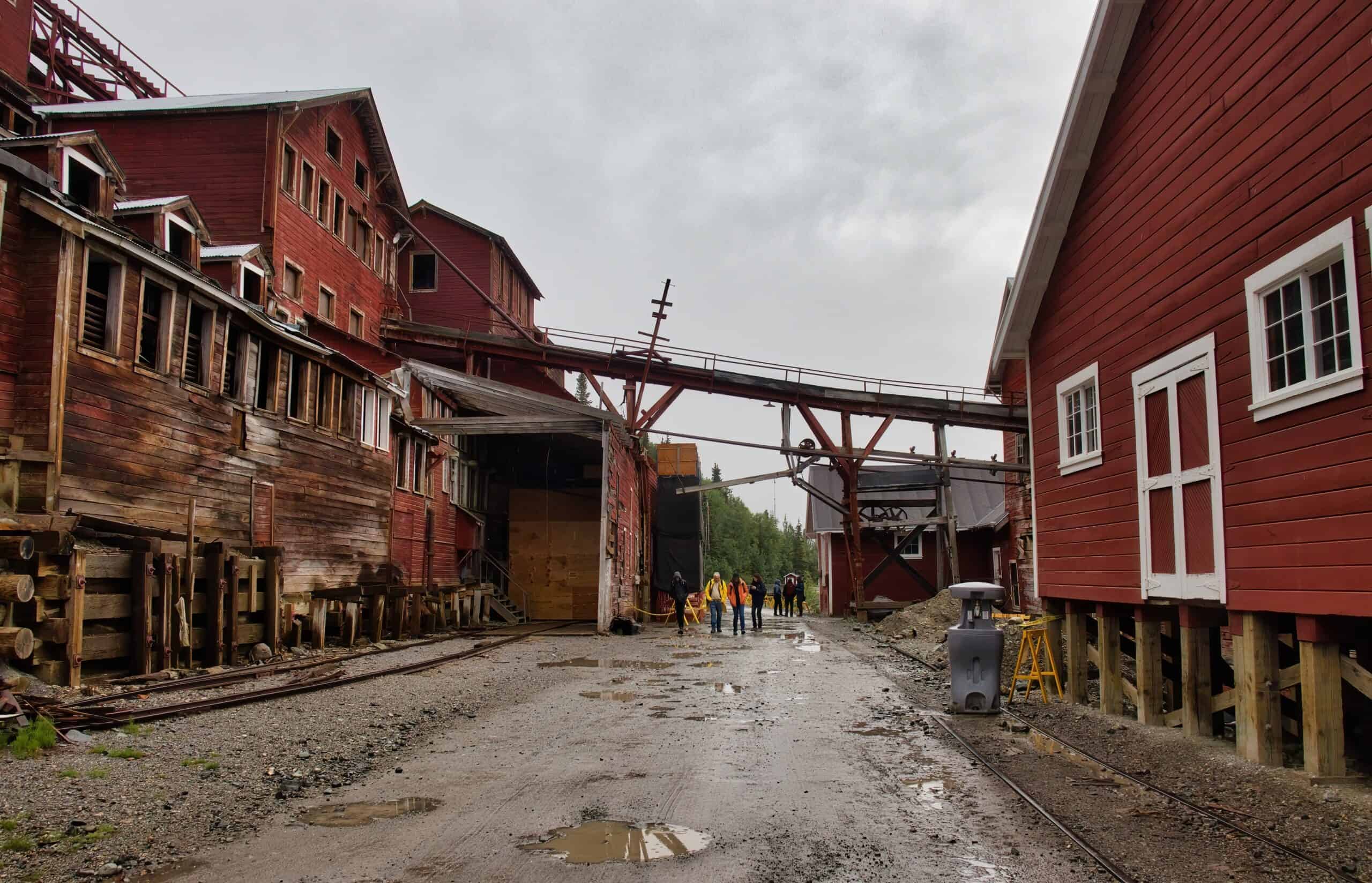
Kennecott, Alaska, is a ghost town frozen in time, surrounded by stunning natural beauty. Established in the early 1900s, it became a bustling copper mining town. The Kennecott Copper Corporation built a self-sufficient town with everything from a hospital to a school. At its peak, the mine was one of the world’s largest producers of copper. However, by 1938, the ore had been depleted, and the town was abandoned. The harsh Alaskan wilderness slowly reclaimed it, leaving behind well-preserved buildings and machinery. Today, Kennecott is a National Historic Landmark, offering a glimpse into the lives of those who lived and worked in this remote corner of the world.
Thurmond, West Virginia
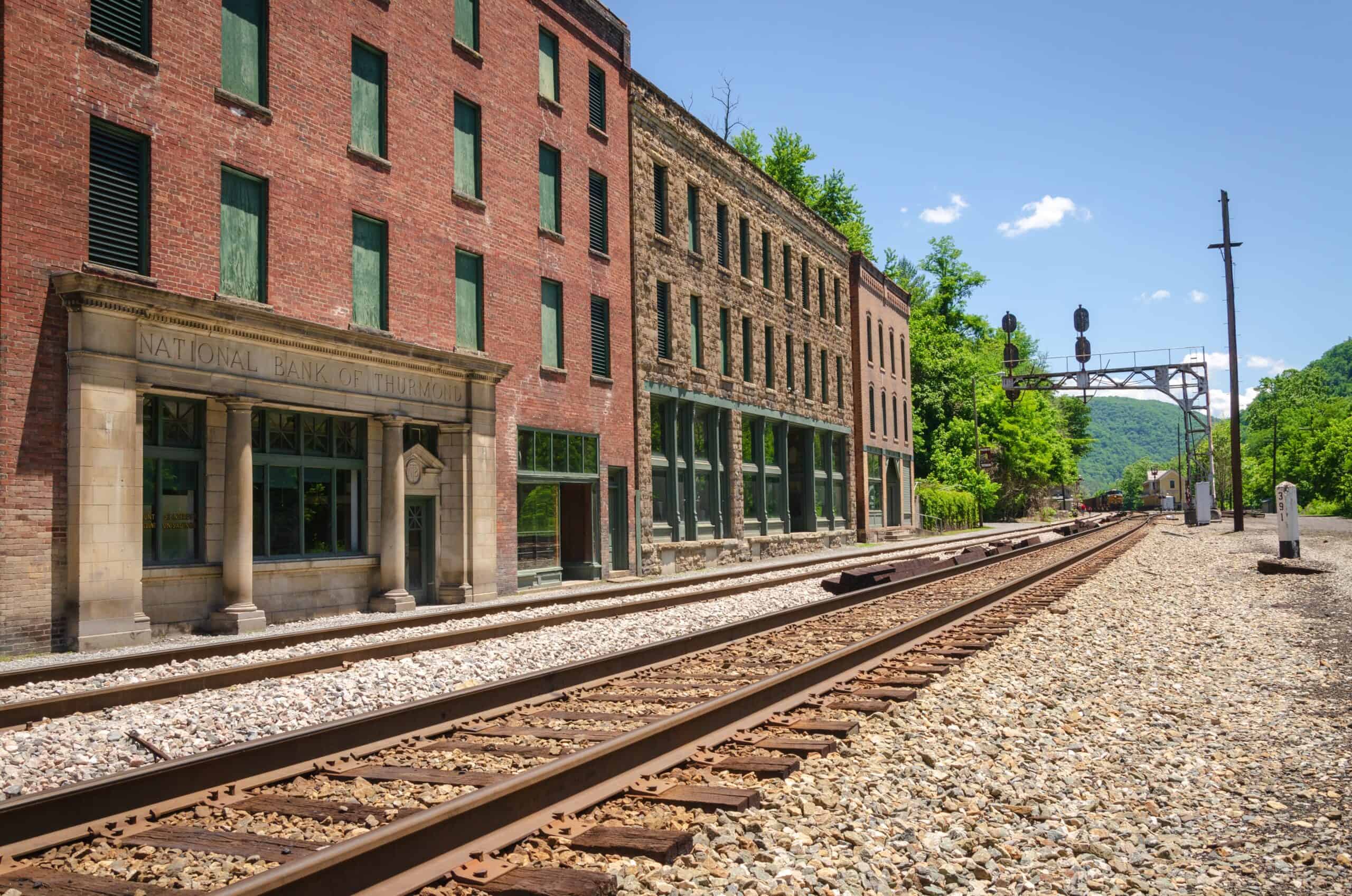
Thurmond, once a thriving railroad town in the heart of West Virginia, now stands nearly abandoned. Founded in the late 19th century, it became a key hub for the Chesapeake and Ohio Railway. The town boomed with coal shipments, hotels, and a bustling population. However, as the demand for coal declined and railroads lost prominence, Thurmond’s fortunes waned. By the mid-20th century, the town was nearly deserted. Today, only a handful of residents remain, and the town is preserved as part of the New River Gorge National Park. Walking through Thurmond is like stepping into a time capsule, with its historic buildings and quiet streets telling the story of a once-bustling community.
Glenrio, Texas/New Mexico
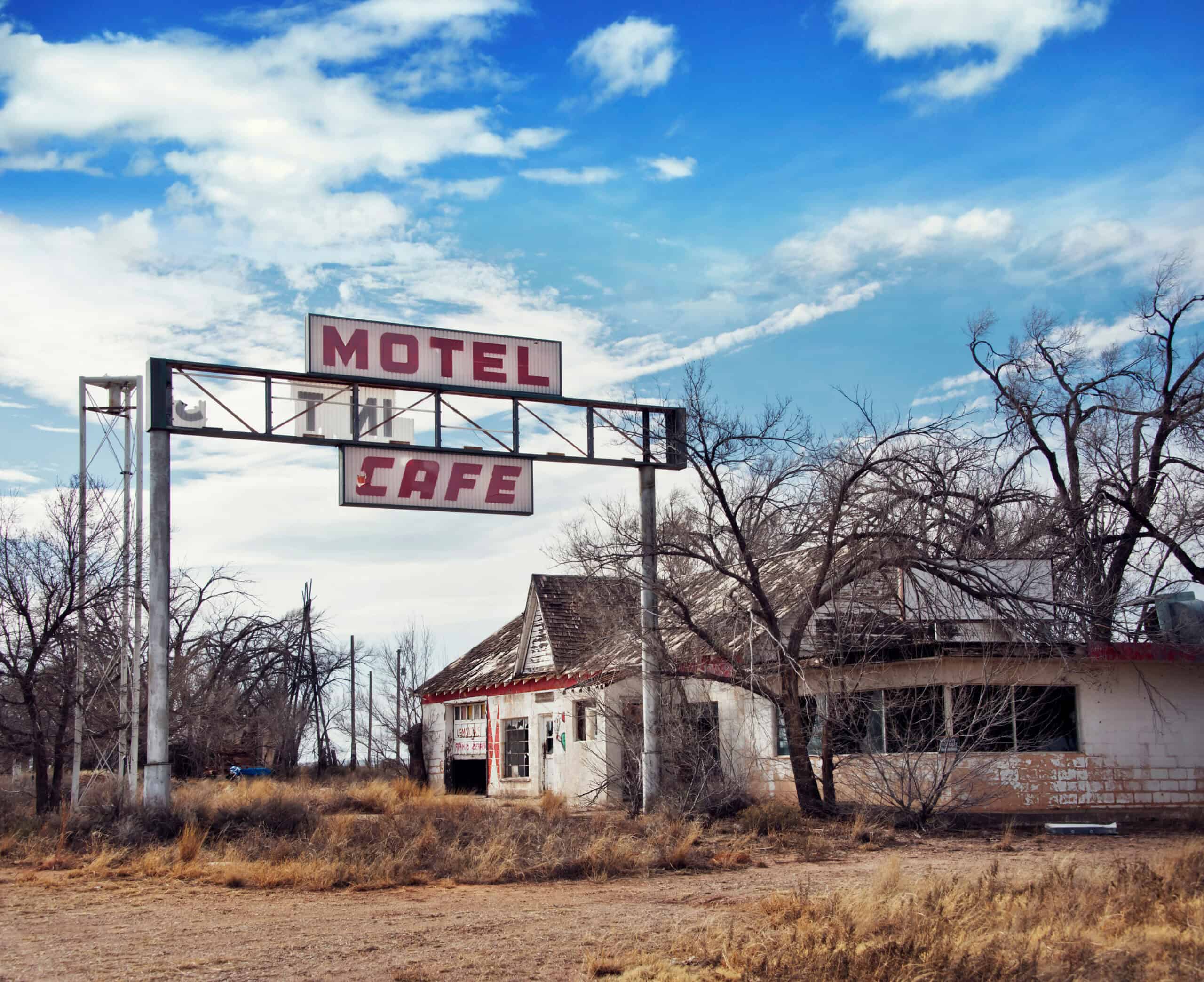
Glenrio is a unique ghost town that straddles the Texas-New Mexico border. Founded in 1901, it flourished as a stop along Route 66. The town had everything a traveler could need: gas stations, motels, diners, and even a post office. However, when Interstate 40 bypassed Glenrio in the 1970s, the town’s lifeline was cut off. Businesses closed, and residents moved away, leaving behind a desolate but fascinating snapshot of mid-20th-century Americana. Today, Glenrio is a popular stop for Route 66 enthusiasts, offering a glimpse into the past with its abandoned buildings and vintage signage.
Garnet, Montana
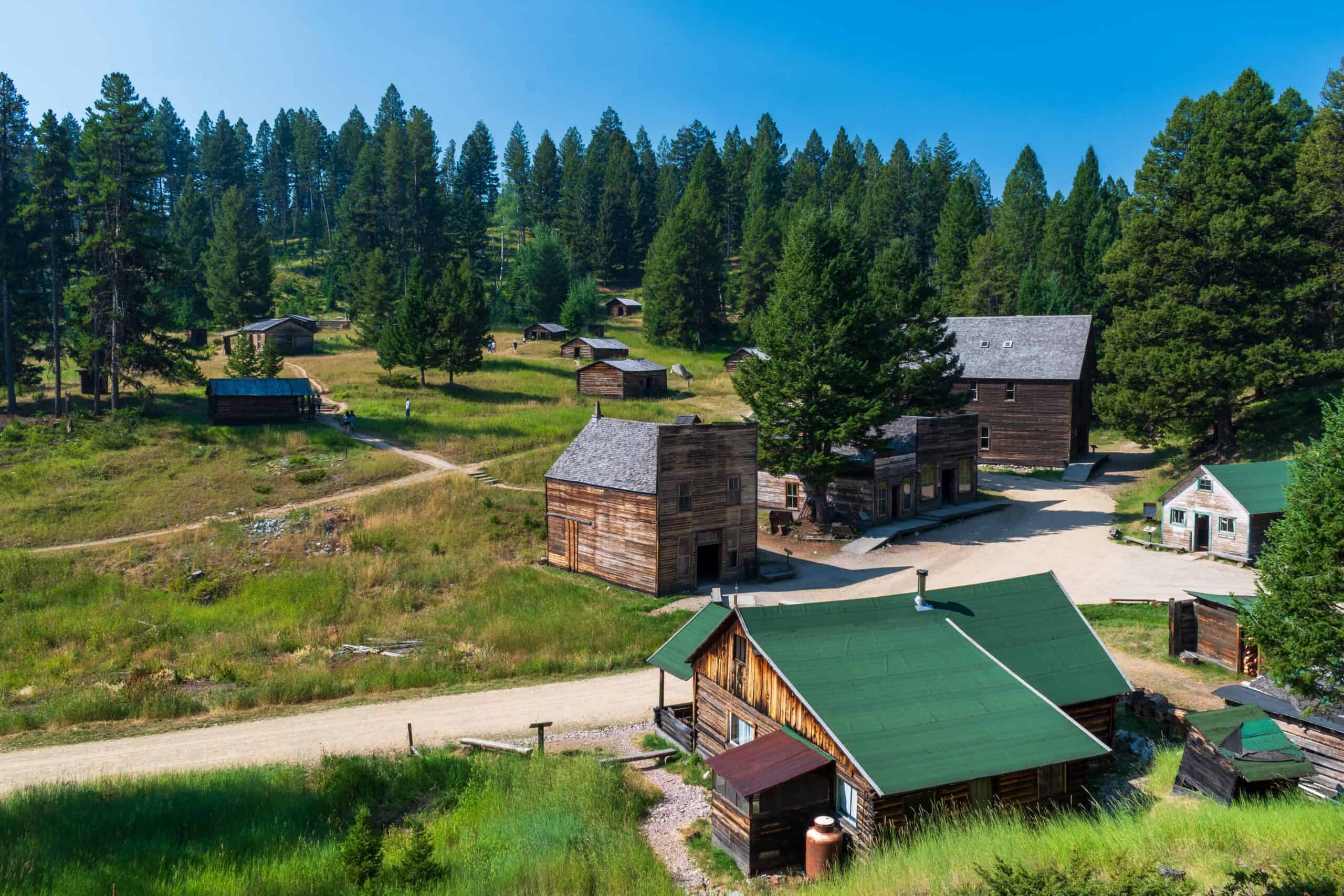
Garnet, once a thriving gold-mining town, now lies quietly in the mountains of Montana. Founded in the 1890s, it quickly grew as miners flocked to the area in search of gold. The town boasted hotels, saloons, and a school, serving a population of around 1,000. However, as the gold ran out and a fire destroyed much of the town in 1912, Garnet was gradually abandoned. By the 1940s, it was a ghost town. Today, Garnet is one of Montana’s best-preserved ghost towns, with many original buildings still standing. Visitors can explore the town’s history, imagining the lives of those who once called this remote place home.
Jerome, Arizona
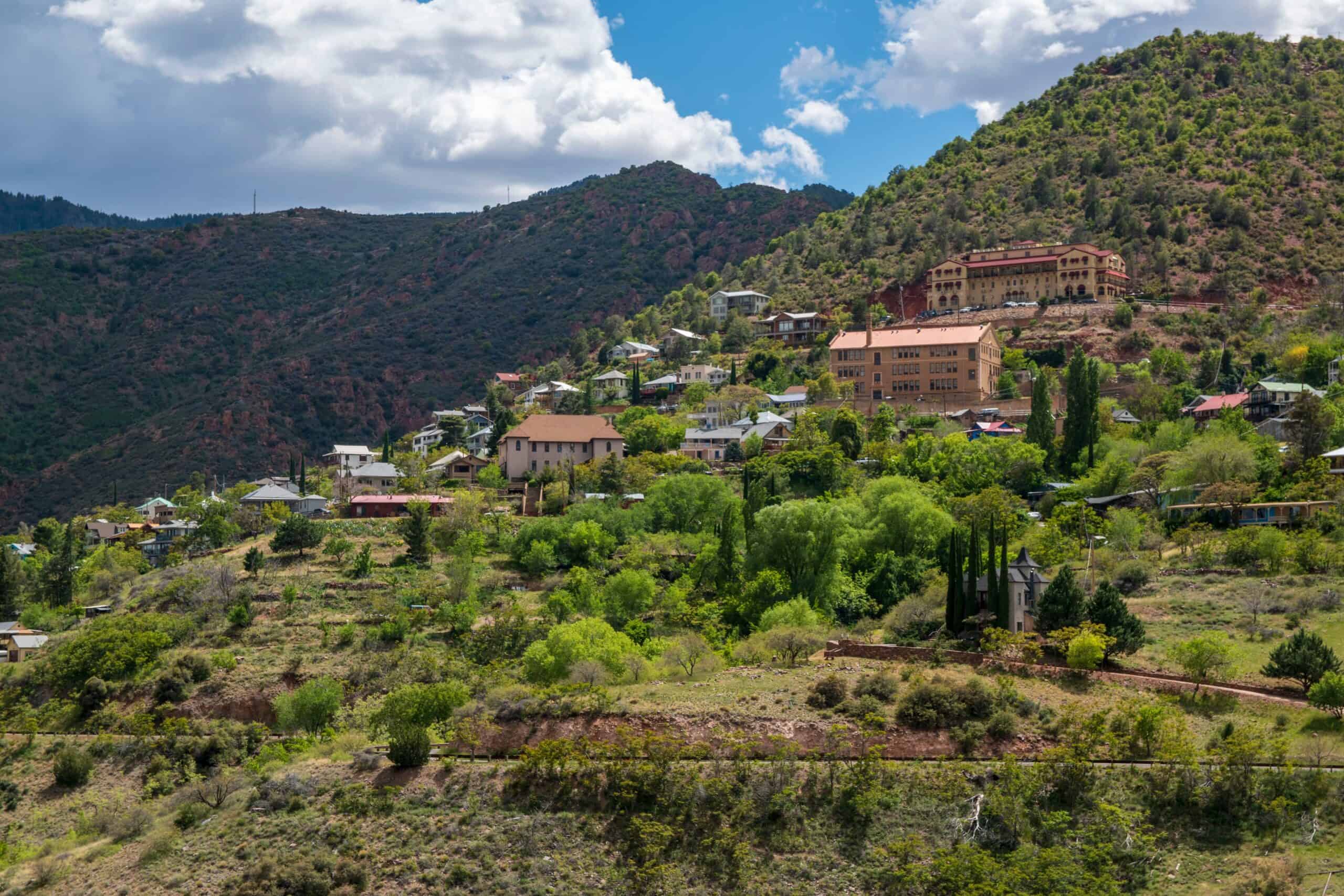
Jerome, perched high on the slopes of Cleopatra Hill in Arizona, was once known as the “Wickedest Town in the West.” Founded in the late 19th century, it became a booming copper mining town. The town’s population swelled to over 10,000, with saloons, brothels, and gambling halls lining the streets. However, as the mines began to close in the 1950s, Jerome’s population dwindled to less than 100. The town narrowly escaped becoming a ghost town, thanks to a revival in the 1960s as an artist community. Today, Jerome is a popular tourist destination, with its rich history and well-preserved buildings offering a window into the past.
Calico, California
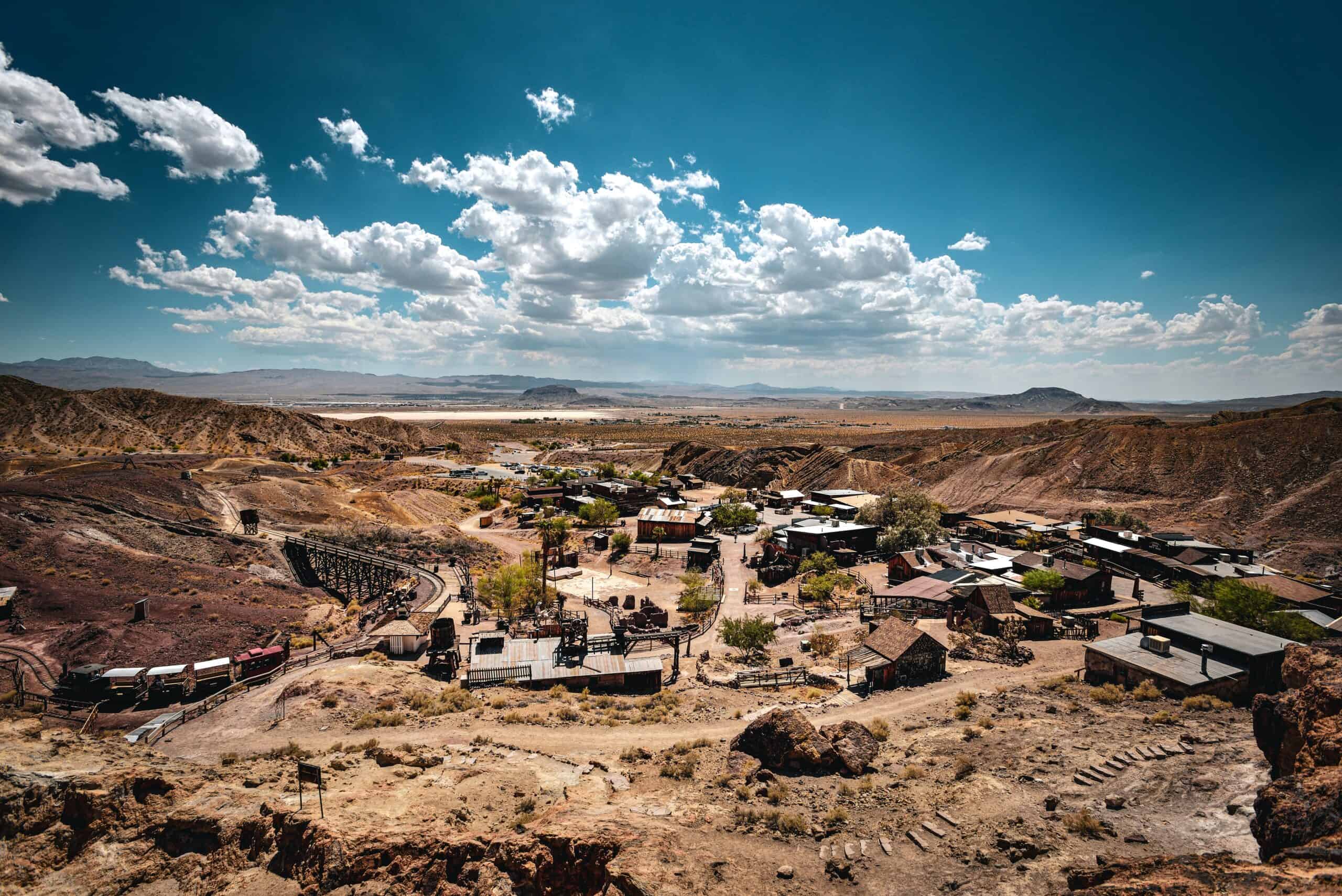
Calico was a bustling silver mining town in the late 19th century. Founded in 1881, it quickly grew with over 500 mines producing millions in silver ore. The town boasted hotels, saloons, and even a newspaper. However, when silver prices plummeted in the 1890s, Calico’s fortunes declined rapidly. By 1907, the town was largely abandoned, leaving behind a well-preserved ghost town. Today, Calico is a popular tourist destination, offering a glimpse into the Old West with its restored buildings and daily reenactments.
St. Elmo, Colorado
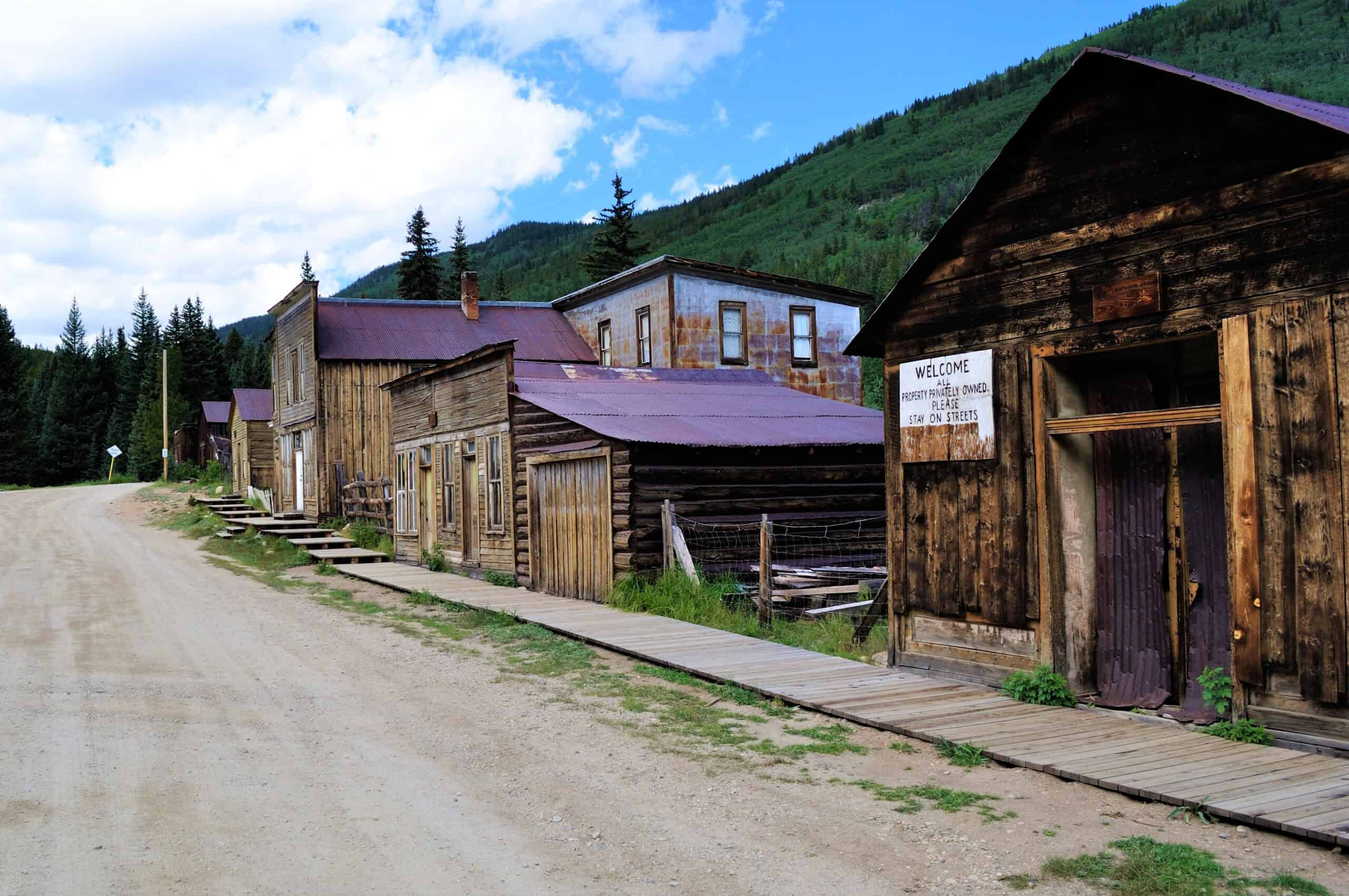
St. Elmo, nestled in the Colorado Rockies, was once a thriving mining town. Established in 1880, it quickly became a hub for gold and silver mining. At its peak, the town had over 2,000 residents, a school, a telegraph office, and numerous saloons. However, as the mines closed in the early 20th century, the population dwindled. By the 1950s, St. Elmo was nearly deserted, with only a few residents remaining. Today, it is one of Colorado’s best-preserved ghost towns, offering visitors a chance to step back in time and explore its well-maintained buildings and rich history.
Cahawba, Alabama
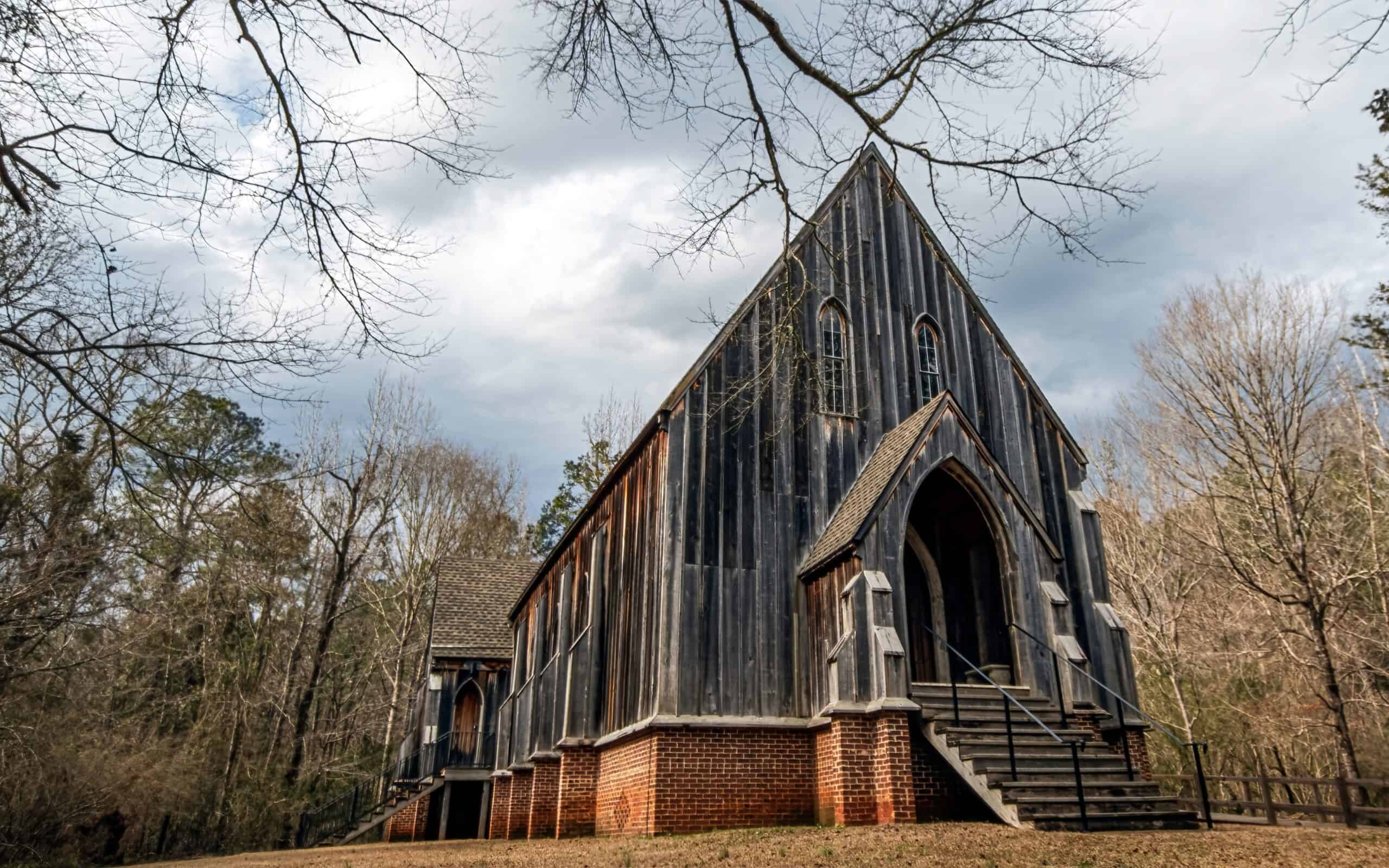
Cahawba was Alabama’s first state capital, founded in 1819 at the confluence of the Cahaba and Alabama rivers. It thrived as a political and economic center, with grand homes, churches, and a bustling riverport. However, frequent flooding and the relocation of the capital led to its decline by the mid-19th century. During the Civil War, Cahawba served as a prison for Union soldiers. After the war, it became a ghost town as residents moved away. Today, Cahawba is an archaeological park, with ruins and historical markers telling the story of its once-prominent past.
Animas Forks, Colorado
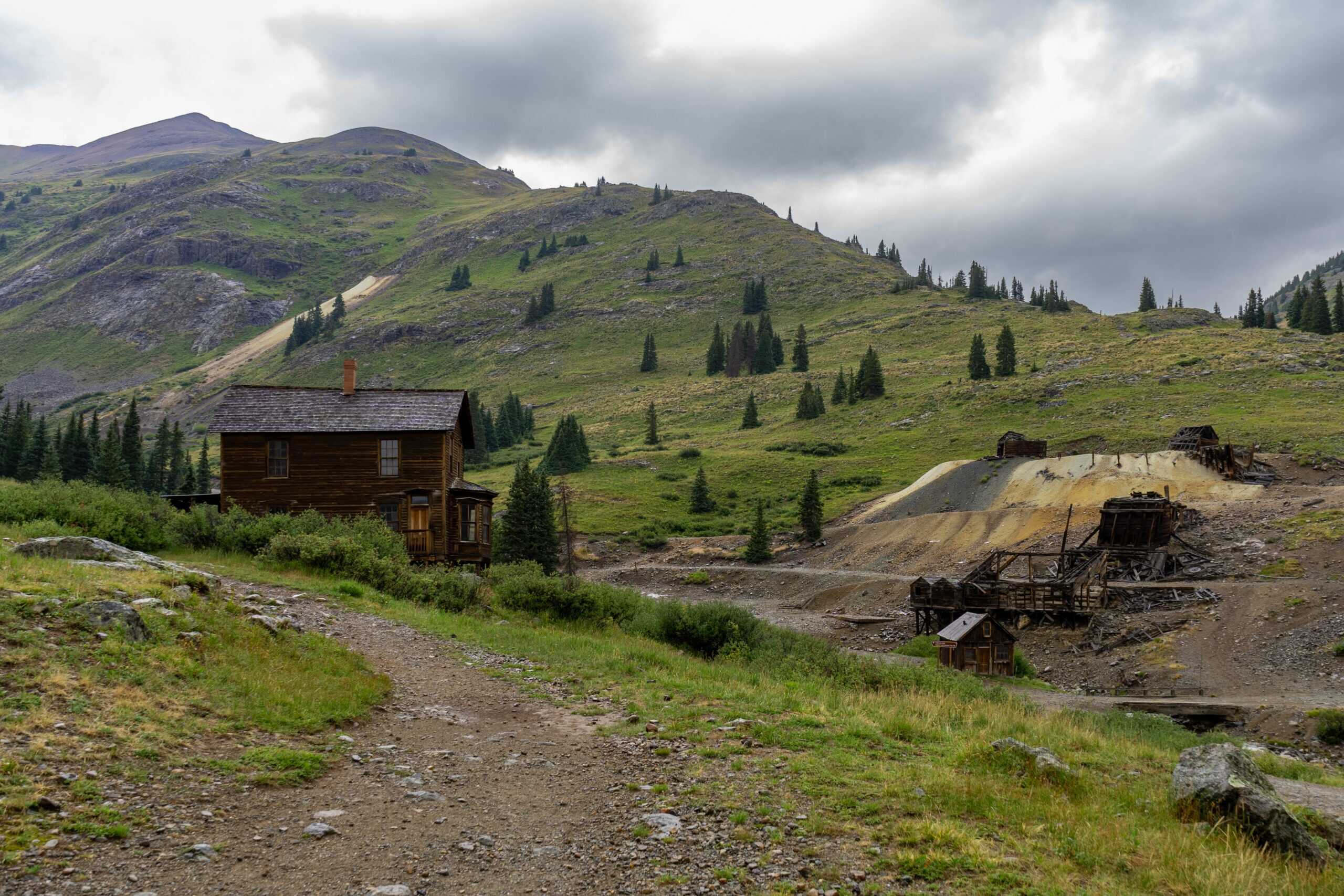
Animas Forks, located high in the San Juan Mountains, was a remote mining town founded in 1873. The town grew rapidly with the discovery of rich silver deposits, attracting miners and their families. At its peak, Animas Forks had a population of 450, with a post office, general store, and saloons. However, harsh winters and the depletion of ore led to its abandonment by the early 20th century. Today, Animas Forks is a well-preserved ghost town, with many original buildings still standing, offering a glimpse into the challenging life of a 19th-century mountain community.
Berlin, Nevada
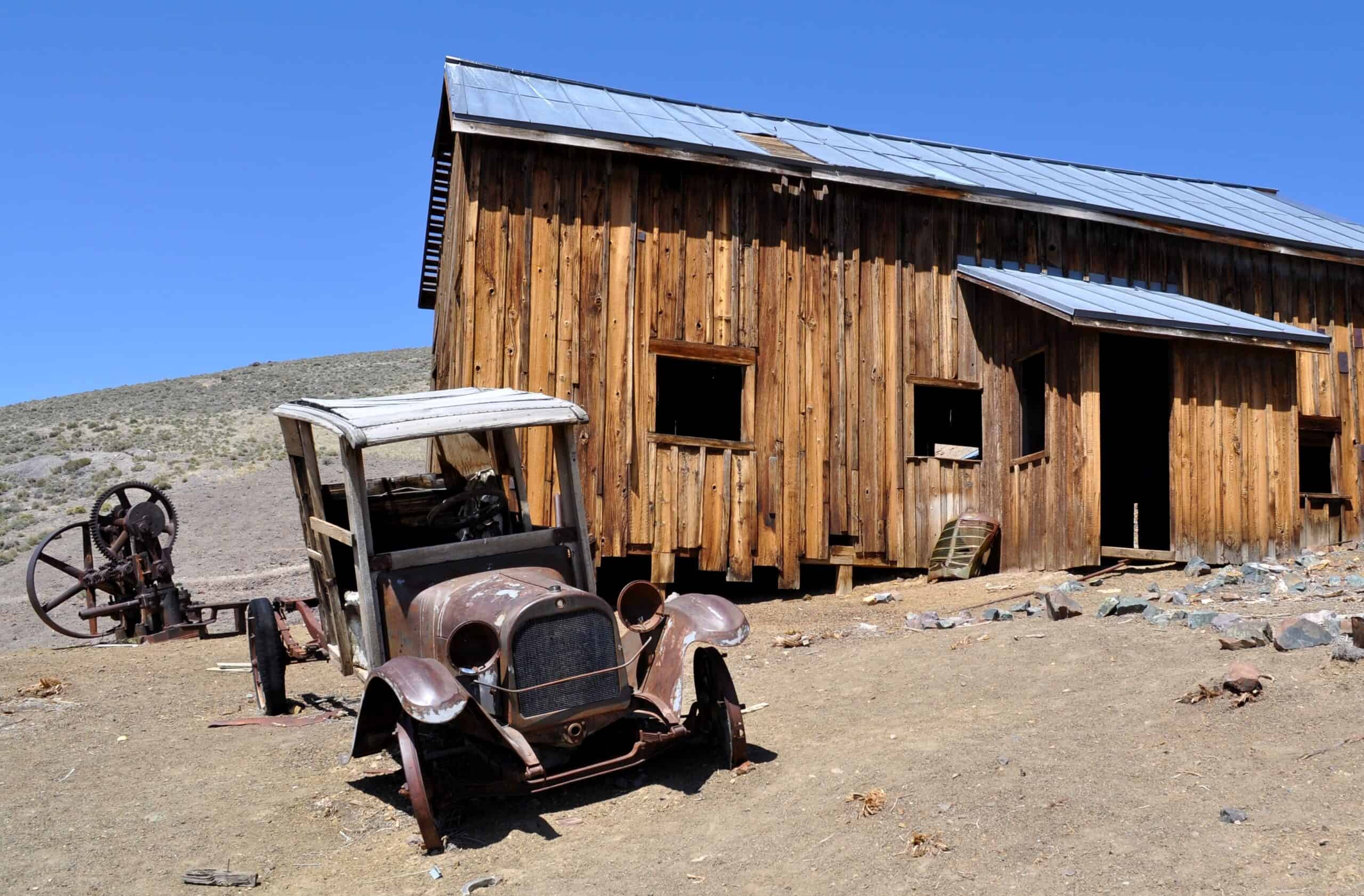
Berlin, Nevada, was a company mining town established in the 1890s during a silver boom. The town was meticulously planned, with workers’ housing, a mill, and administrative offices. However, the silver deposits were not as rich as expected, and by 1911, Berlin was nearly deserted. Unlike many boomtowns, Berlin was never fully abandoned, allowing its buildings and machinery to remain remarkably intact. Today, Berlin is part of a state park, where visitors can explore its preserved structures and learn about the history of mining in the region.
South Pass City, Wyoming
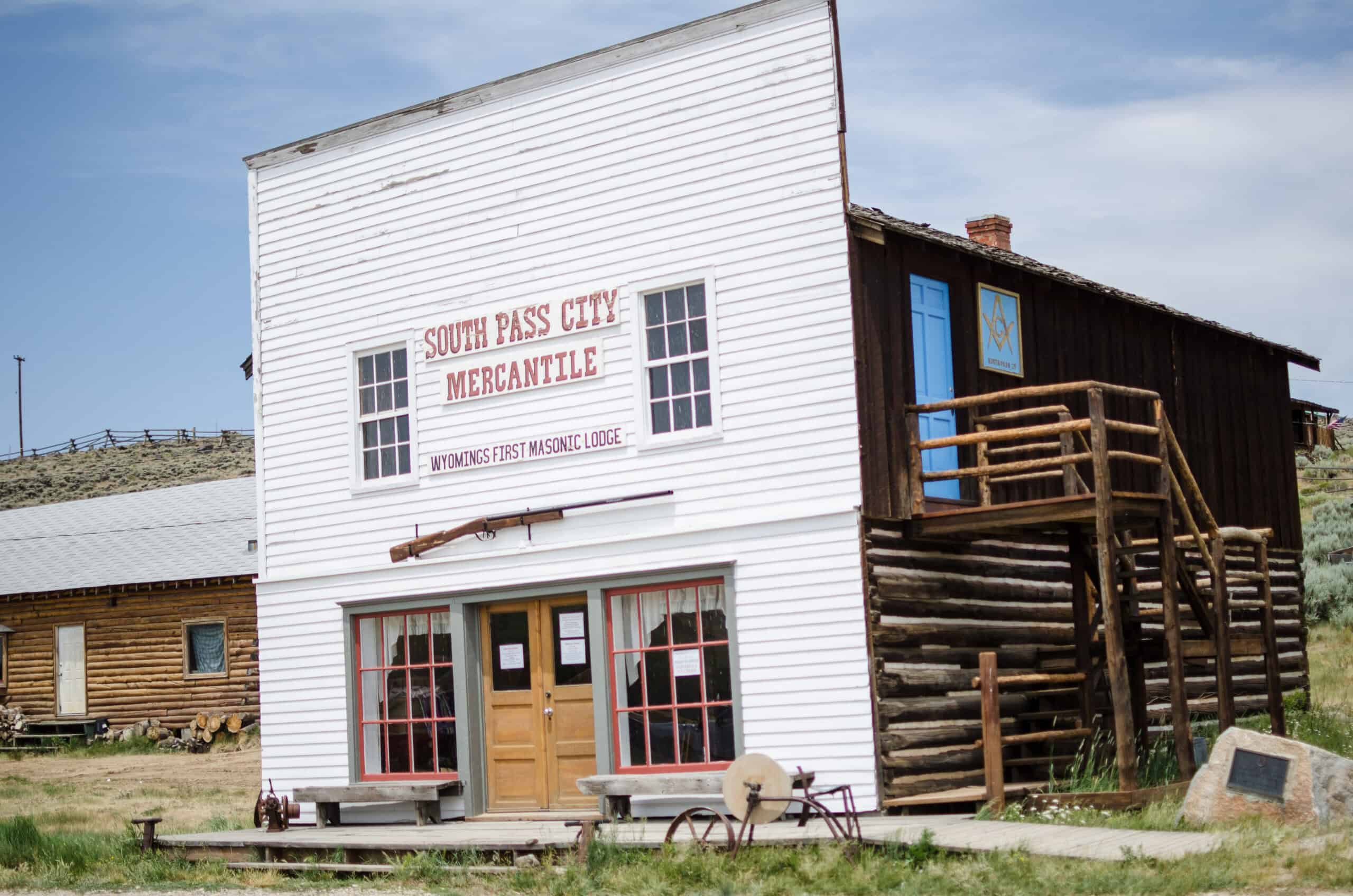
South Pass City was a key stop along the Oregon Trail and later a gold rush town. Founded in the 1860s, it quickly became the largest settlement in Wyoming Territory. The town thrived with saloons, hotels, and businesses catering to the prospectors. However, the gold deposits were quickly exhausted, leading to a rapid decline. By the late 19th century, South Pass City was nearly abandoned. Today, it is a state historic site, with over 20 restored buildings that offer a glimpse into the town’s rich history and the lives of those who sought fortune in the West.
Terlingua, Texas
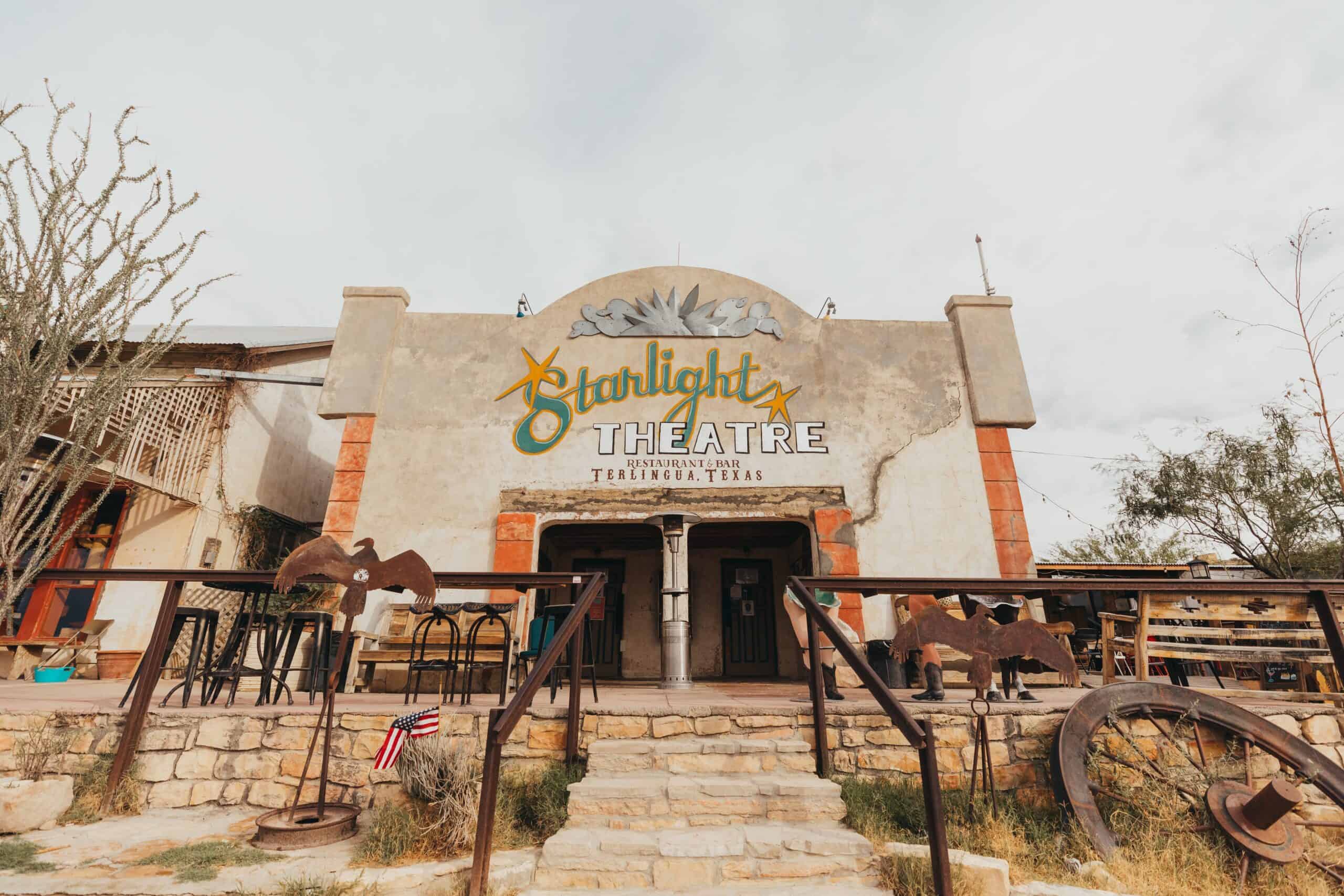
Terlingua, located in the rugged Big Bend region of Texas, was a thriving mercury mining town in the early 20th century. Founded around the Chisos Mining Company, it grew to house hundreds of workers and their families. The town had a school, church, and several businesses, all supported by the mercury mining industry. However, as the demand for mercury declined, the town’s population dwindled. By the 1940s, Terlingua was largely abandoned. Today, it is a ghost town with a mix of ruins and restored buildings, attracting visitors with its unique history and stunning desert landscapes.
Castle Dome, Arizona
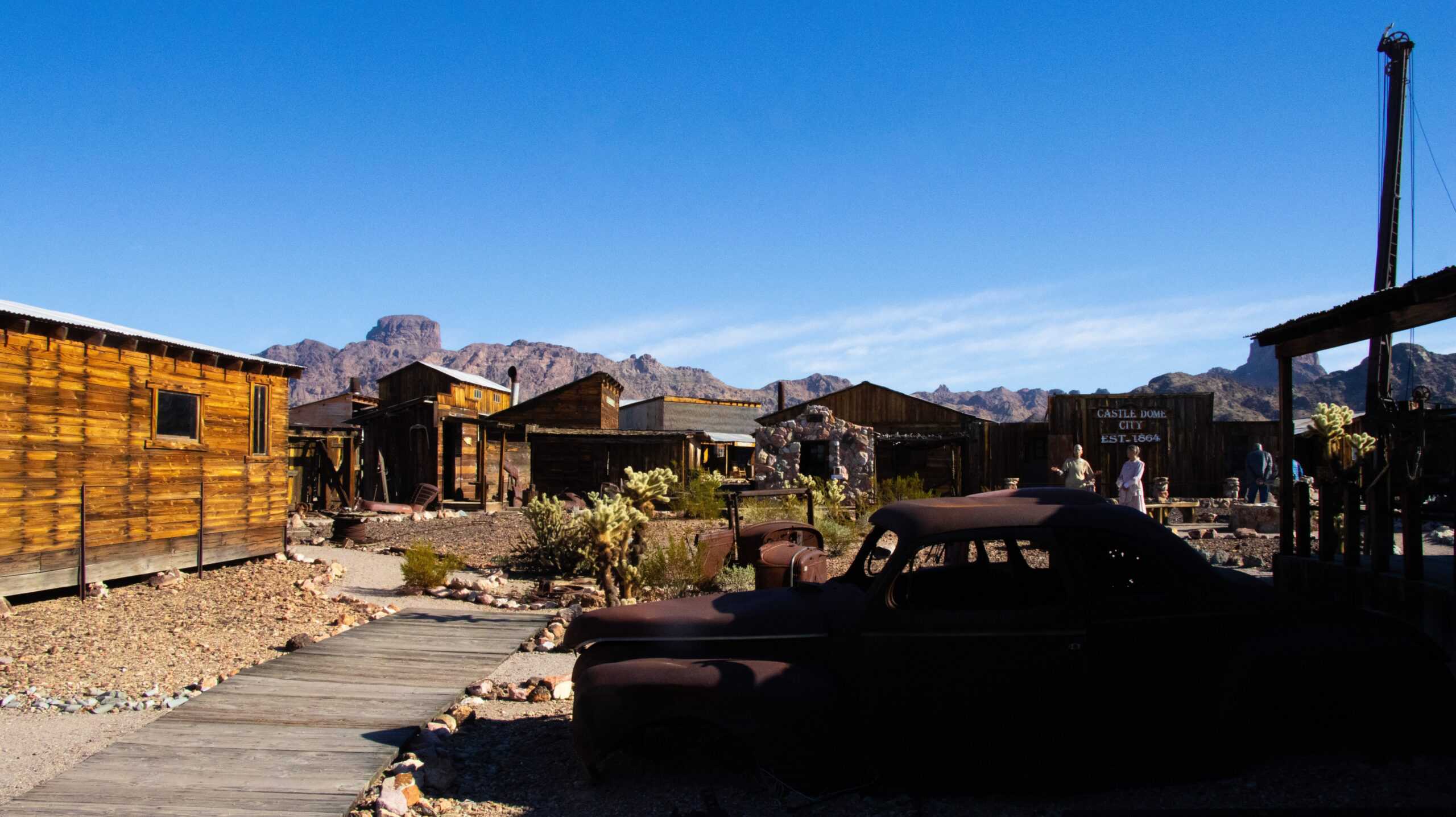
Castle Dome, Arizona, was once a booming silver and lead mining town. Established in the 1860s, it quickly grew as prospectors flocked to the area. The town had a post office, saloons, and a bustling community. However, as the mines began to close in the early 20th century, the population declined rapidly. By the 1950s, Castle Dome was abandoned. Today, the area is preserved as a museum, with many original buildings and artifacts on display, offering a glimpse into the life of a frontier mining town.
Frisco, Utah
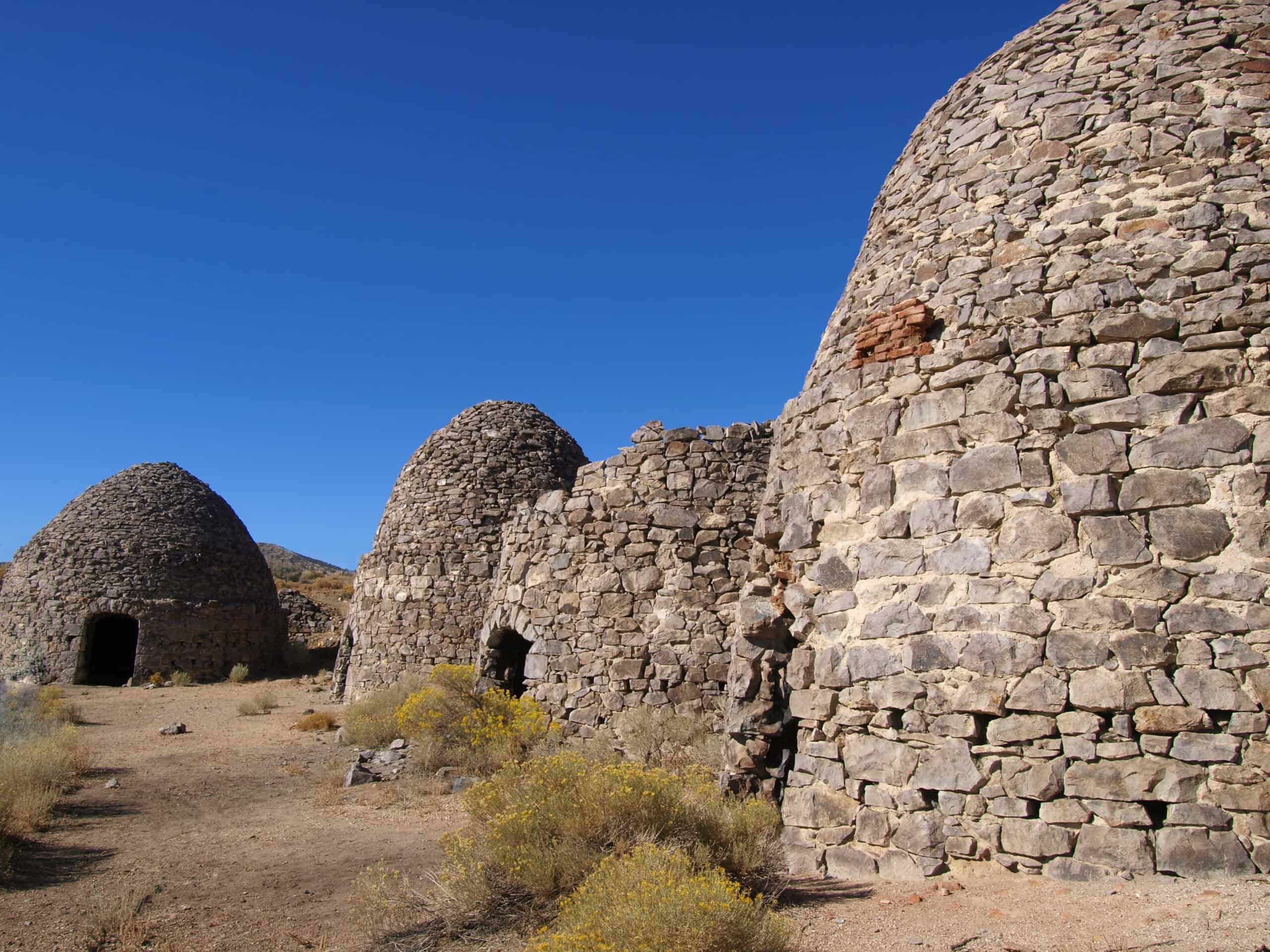
Frisco, Utah, was once known as the “Wildest Town in the West.” Founded in 1875 after the discovery of rich silver deposits, it quickly became a booming mining town. Frisco had a reputation for lawlessness, with numerous saloons, brothels, and frequent gunfights. At its peak, the town had over 6,000 residents. However, in 1885, a mine collapse signaled the beginning of the end for Frisco. The population dwindled, and by the early 20th century, it was abandoned. Today, Frisco is a ghost town, with remnants of its wild past still visible in the ruins scattered across the desert landscape.
Ruby, Arizona
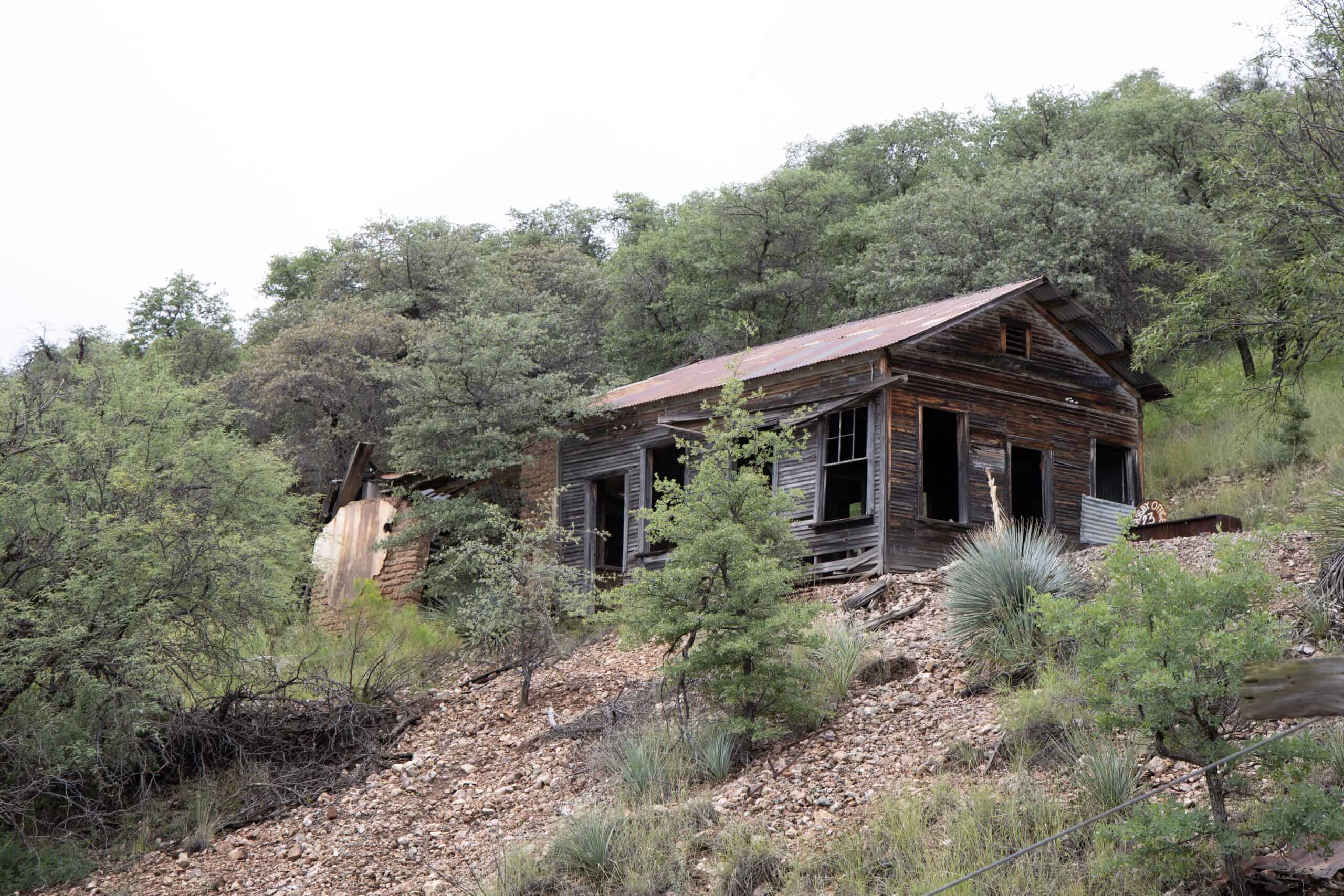
Ruby, Arizona, was a bustling mining town in the early 20th century, known for its rich deposits of gold, silver, and lead. The town grew around the Montana Mine, attracting workers and their families. Ruby had a school, post office, and several businesses, serving a population of nearly 1,200. However, the town was plagued by violence, including a series of notorious murders in the 1920s. As the mines were exhausted, Ruby’s population dwindled, and by the 1940s, it was abandoned. Today, Ruby is one of Arizona’s best-preserved ghost towns, with many original buildings still standing, offering a window into its tumultuous past.
Chloride, New Mexico
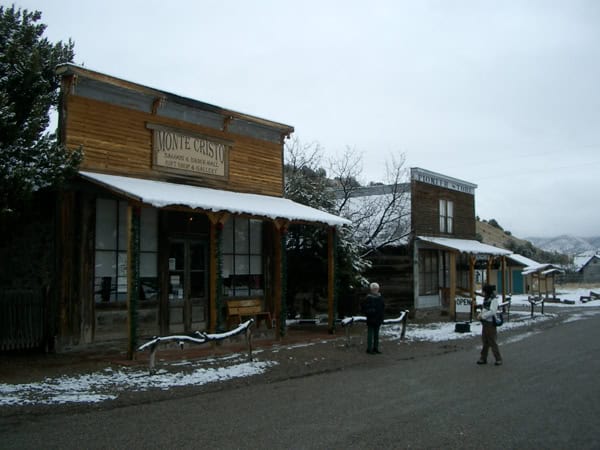
Chloride, New Mexico, was a silver mining town founded in 1881 during the rush to the Sierra County mines. The town grew quickly, with a population of over 3,000, boasting a newspaper, several stores, and a dozen saloons. However, when the price of silver collapsed in the 1890s, Chloride’s fortunes declined rapidly. Many residents left, and by the early 20th century, the town was nearly deserted. Today, Chloride is a ghost town with several restored buildings, including the original Pioneer Store, which now serves as a museum, preserving the history of this once-thriving community.
This article originally appeared on Rarest.org.
More from Rarest.org
The 20 Best Hidden Gems in European Cities

Discovering hidden gems in European cities offers travelers a unique and enriching experience beyond the usual tourist spots. Read More.
15 Most Lucrative Wrestling Promotions

Wrestling promotions around the world have carved out unique niches, offering fans thrilling matches, captivating storylines, and memorable events. Read More.
1975 Jefferson Nickel Value Guide

If you are looking for a new nickel to add to your coin collection, you would be happy to include the 1975 nickel. Read More.
